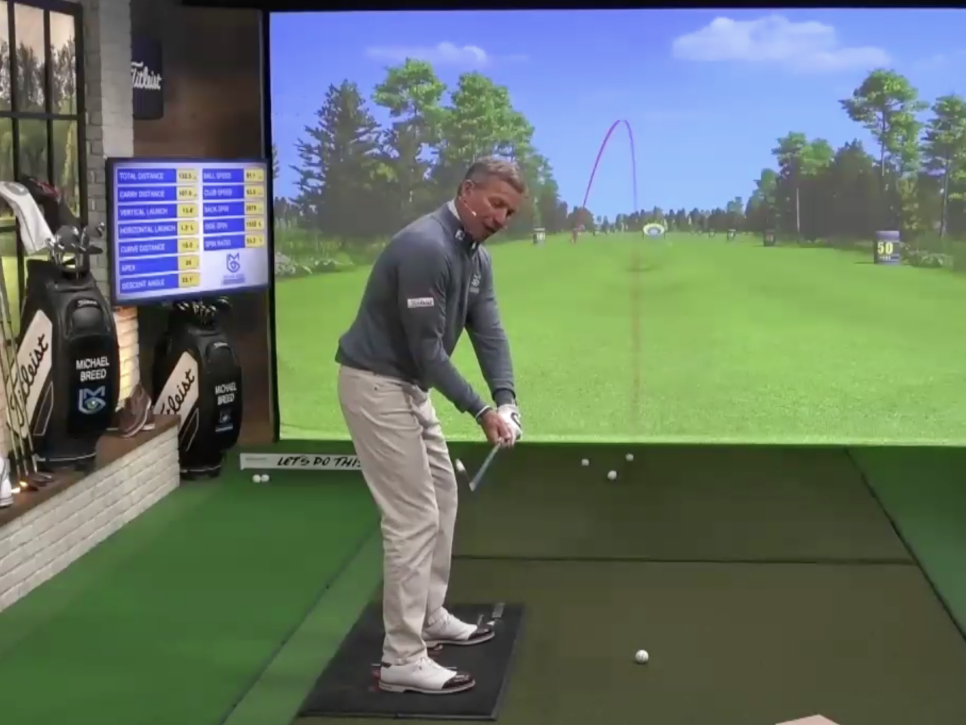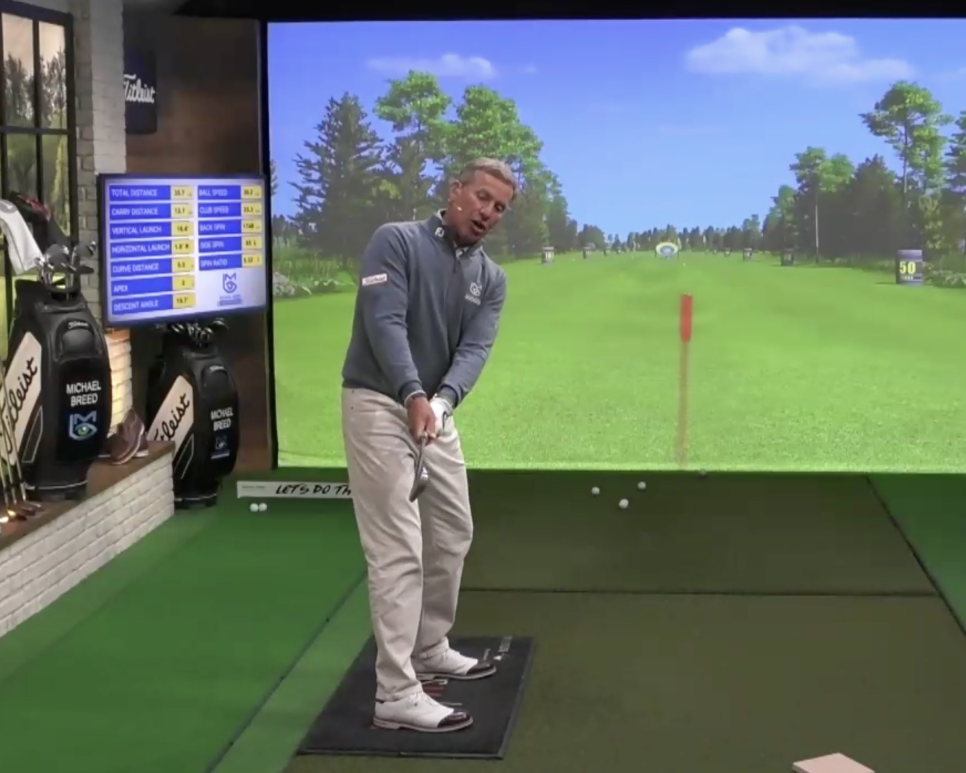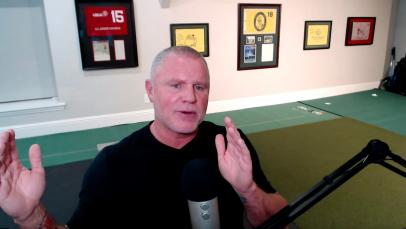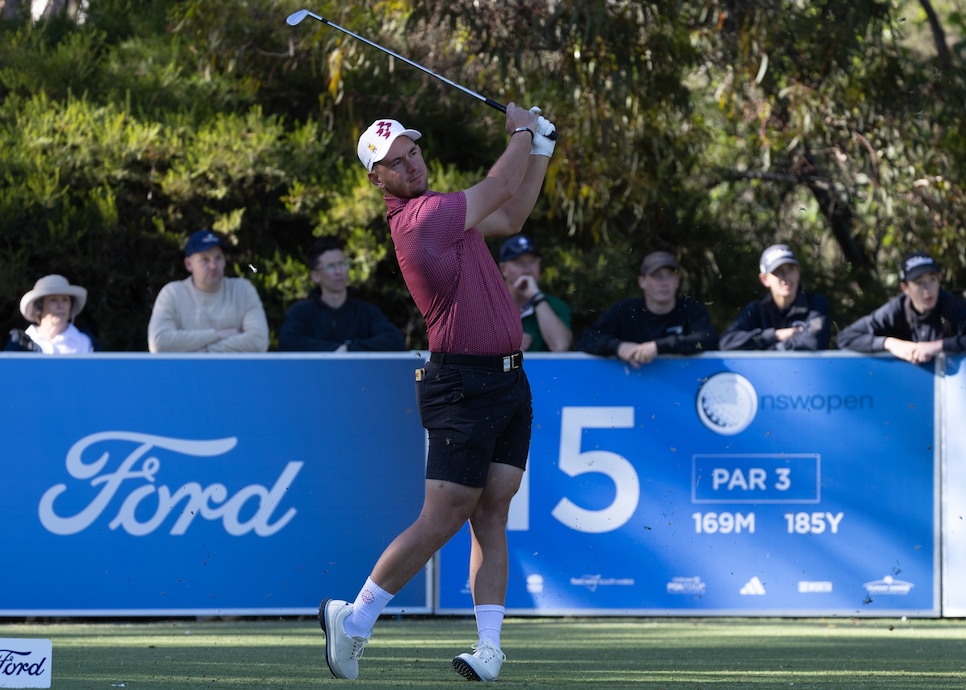This old-school takeaway position is a myth. Do this instead – Australian Golf Digest

- by Admin
- July 24, 2024

Modern golf instruction, put simply, is a fusion of old, classic fundamentals and technology-driven new ideas. But just as there are timeless tips that still hold up today, there are other old-school ideas that have been largely abandoned by top instructors and players.
One of those is the old takeaway, says Michael Breed, one of Golf Digest’s 10 best teachers in America. Breed hosted a Golf Digest Happy Hour offered exclusively for Golf Digest+ members (which you can watch here), when he explained that our traditional understanding of the proper takeaway is flawed.
MORE: 5 things I learned from pros at Royal Troon
This is especially important because the takeaway serves as a first domino in the golf swing. Get it right and it at least gives you the opportunity to make a proper swing. Get it wrong, however, and you’ll spend the entire swing trying to compensate for the poor first move.
The old-school technique
“There was a drill that people used to do … where you took the club back halfway and you stacked the toe over the heel and then you swung down through and you stacked the toe over the heel,” Breed says.
Golfers were often taught to take the club back and stop when it is parallel to the ground. At this point, conventional teaching said, the toe should be pointed directly to the sky. That was “square.”
Going through, the same idea held. After impact when the club is parallel to the ground again, the toe should once again be facing the sky.
MORE: 3 tips for lengthening your backswing (the good way!)
This toe-up-to-toe-up technique was an easy benchmark. However, Breed says this set golfers up for failure—especially those who fight a slice, which is predominately caused by an open face. In effect, by opening the face so much in the backswing, golfers had to aggressively flip the clubface closed in the downswing to try and correct this “flawed face” that was too open to begin with.
But, there’s a new way.
The new-school takeaway
So, if the toe of the club pointing up in the takeaway indicates an open face, what is square?
“When I take the club back and get to here [the shaft parallel to the ground], I want the leading edge of the club to be parallel to my spine,” Breed says.
Of course, everyone’s spine is tilted at an angle throughout the swing. The key is to get the clubface to match that spine angle in the takeaway. That’s a square clubface. The reason this is so important is that when your clubface is square at this point in the swing, you allow your body sequence to rotate properly coming down, without having to flip your hands to square the face.

“What I am chasing is a quiet clubface,” Breed says. “I don’t want to have a lot of forearm activity and clubface closure or rotation. I want passive hands, active body. When my body gets more active, I can be passive with my hands. When my body is inactive, my hands get active.”
All of this starts with throwing out the old notion of rolling the face open in the takeaway and backswing. If you feel as though the clubface is pointed more toward the ground, and you match the angle of the leading edge to your spine, you will allow yourself, as Breed says, to have passive hands and an active body coming down.
That’s where ball-striking consistency comes from. The longer the face is square through the impact area, the better chance we have of hitting a straighter shot.
You can watch the entire hour-long webinar with Breed, shot live from his high-tech teaching studio, here, and be sure to stay tuned for our next Golf Digest Happy Hour. And for more from Breed, check out our Simulator Series, where he demonstrates why practicing in a simulator might be the best thing for your swing.
More Golf Digest Happy Hour  Golf Digest Logo The art and science of green reading—what you’re doing wrong and how to fix it
Golf Digest Logo The art and science of green reading—what you’re doing wrong and how to fix it  Golf Digest Logo An insider’s guide to helping your kid play college golf
Golf Digest Logo An insider’s guide to helping your kid play college golf  Golf Digest Logo A tour-proven way to play smarter golf, with Scott Fawcett
Golf Digest Logo A tour-proven way to play smarter golf, with Scott Fawcett
This article was originally published on golfdigest.com
The Latest News
-
November 15, 2024Kyrgios confirms when Aussie fans will see him back
-
November 14, 2024Meet Dana Coolwell, the NRL wannabe set to open for Mike Tyson vs Jake Paul blockbuster
-
November 14, 2024‘Going to be sick’: Kyrgios confirms tennis return via Australian tournament after injury nightmare
-
November 14, 2024Huge crowd floods tiny town to watch Aussie superstar
-
November 14, 2024Made from South Australia: Adelaide Football Club unveils bold brand for a new era via Fuller




